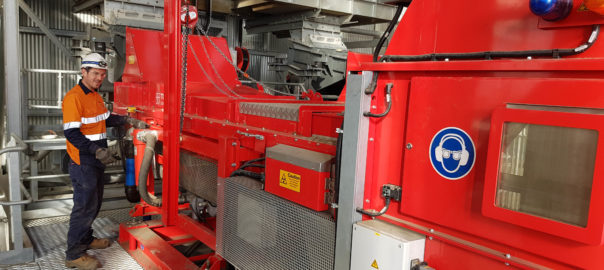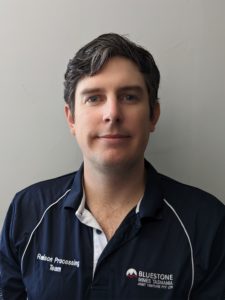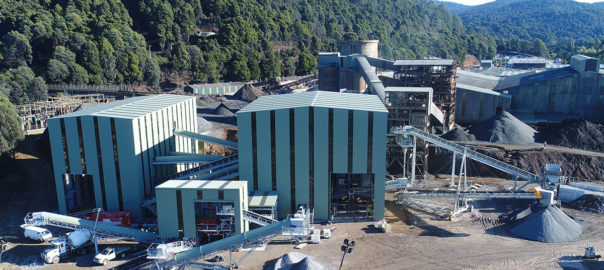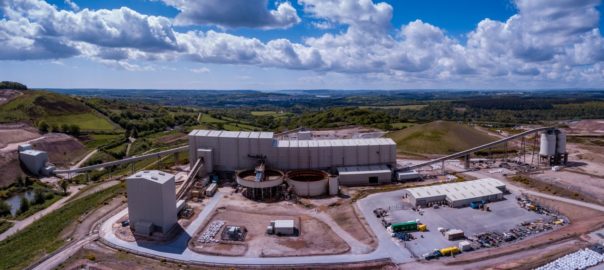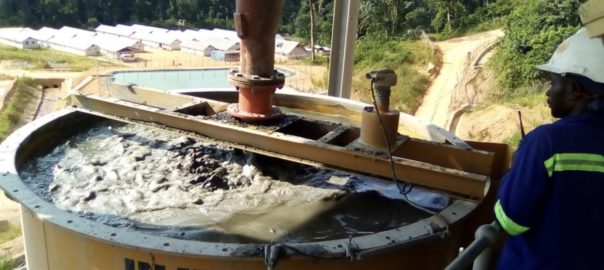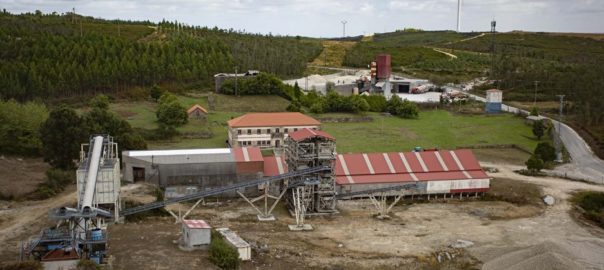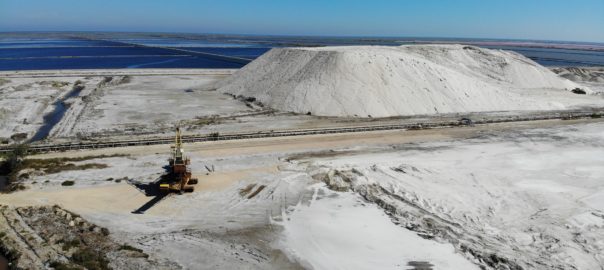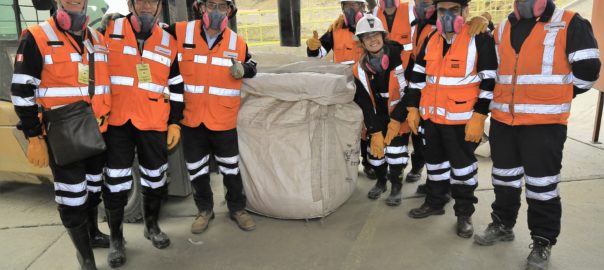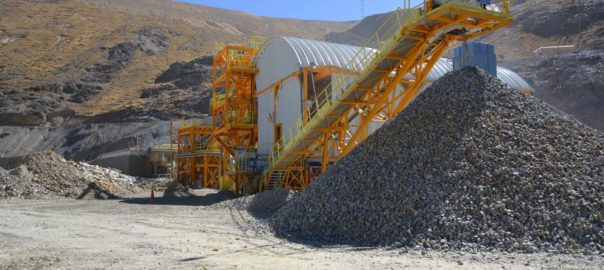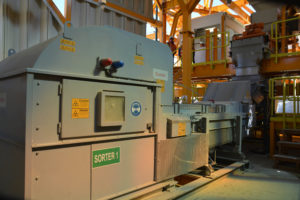Tungsten West has named Fairport Engineering Limited as its engineering, procurement and construction management (EPCM) contractor at the Hemerdon tungsten-tin project, in the UK, as well as confirmed it was soon expecting to receive seven X-ray Transmission (XRT) sensor-based ore sorters from TOMRA.
Since successfully listing on the AIM Market of the London Stock Exchange, Tungsten West has been advancing the development of Hemerdon, which is one of the most advanced mining projects in England and is expected to be a key future global supplier of tungsten and tin.
Hemerdon is, Tungsten West says, the third largest tungsten resource globally, as well as being a previously producing mine that was operational from 2015-2018. Tungsten West purchased the Hemerdon Mine in 2019, and has since completed a bankable feasibility study that demonstrated an extensive reserve of approximately 63.3 Mt at 0.18% W and 0.03% Sn, as well as 37.4 Mt of saleable aggregate material. The company estimates that the life of mine is currently 18.5 years with the opportunity to extend this through future investment.
On top of the ore sorters, Tungsten West said the rest of the long-lead items had been ordered and were scheduled for delivery within the company’s timetable. It plans to recommence mining this year.
The upgrade and refurbishment of the existing processing plant at Hemerdon is centred around the optimisation of the existing concentrator circuit as well as the introduction of a new crushing and screening circuit that will then feed into a new XRT ore sorting stage. These upgrades will streamline processing, minimise plant downtime and improve recovery rates, according to the company.
After significant test work, Tungsten West engaged TOMRA to supply the seven units that are required to treat the run of mine throughput. This consists of six duty and one standby units. Orders and deposits for these units were placed in 2021 and the units have now been delivered to the UK and await final transfer to Hemerdon where they will be installed in the front end of the processing plant.
On top of this, six new screens and 11 vibrating pan feeders have been ordered from Vibramech of South Africa at fixed prices. These will replace the existing large screens, which caused the low frequency issues, and were a key contributor to plant downtime under Wolf Minerals – the previous owner of Hemerdon. Delivery is expected in the June quarter of 2022.
Max Denning, Tungsten West CEO, said: “We are extremely pleased with progress at site, particularly the onboarding of Fairport Engineering to undertake the detailed design and construction of the project. We are looking forward to working with Fairport as we move towards restarting full production at Hemerdon, with a substantially improved processing route, through the introduction of XRT ore sorting and upgraded processing equipment. The company has assembled a strong projects and operations team, and we remain confident in our progress.”








